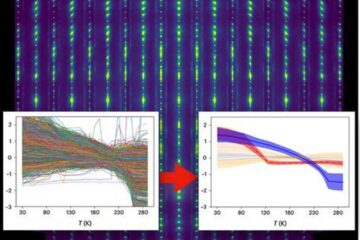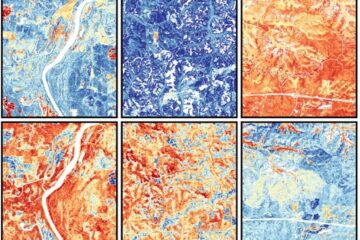First code improvements adopted based on NIST Joplin tornado study

The power of an EF-5 tornado is evident in this photo of a truck wrapped around a utility pole in the aftermath of a May 1999 twister in Oklahoma in which wind speeds of more than 500 kilometers (300 miles) per hour were recorded. New code changes based on recommendations from NIST's Joplin, Mo., tornado study will help protect building occupants in areas where such storms are most likely to occur. Credit: National Severe Storms Laboratory, NOAA
The new changes, approved at a recent meeting of the International Code Council (ICC), apply to the nation's most tornado-prone regions. Enhanced protection will be required for new school buildings and additions to buildings on existing school campuses, as well as facilities associated with schools where people regularly assemble, such as a gymnasium, theater or community center.
Under the updated codes, storm shelters must be provided that protect all occupants from storms with wind speeds of 400 kilometers per hour (250 miles per hour), representing the maximum intensity category EF-5 on the Enhanced Fujita Scale.
The area covered by the upgraded codes stretches from northern Texas to central Minnesota and from western Oklahoma to western Pennsylvania. It includes the notorious “Tornado Alley” and “Dixie Alley” regions of the midwestern and southern United States, respectively.
The improved storm shelter requirements will be published in ICC's 2018 International Building Code (IBC) and 2018 International Existing Building Code (IEBC). These are the state-of-the-art model codes used as the basis for building and fire regulations promulgated and enforced by U.S. state and local jurisdictions.
Based on findings from its Joplin study, NIST developed 16 recommendations for improving how buildings and shelters are designed, constructed and maintained in tornado-prone regions, along with improving the emergency communications that warn of imminent threat from tornadoes.
According to Marc Levitan, leader of the NIST team that conducted the Joplin investigation, the new changes to the IBC and IEBC mark the first milestone of the collaborative effort to implement these recommendations.
“Solid progress is being made working with code developers, state and local officials, U.S. agencies such as the Federal Emergency Management Agency [FEMA] and others toward realizing all of the proposed improvements for tornado protection and resilience in our study,” Levitan says.
Current efforts, he says, include developing:
- More detailed and accurate tornado hazard maps for the United States (to support standards on performance-based, tornado-resilient building designs);
- An improved Fujita scale based on advanced techniques for wind speed estimation; draft standards for better selecting buildings to serve as disaster shelters; and
- Guidelines for determining the best available tornado refuge areas in existing buildings.
NIST's Joplin investigation team members also recently provided their expertise and insight to help FEMA improve guidance on public sheltering strategies and practices in its publication, FEMA P-361, Safe Rooms for Tornadoes and Hurricanes: Guidance for Community and Residential Safe Rooms, Third Edition.
Levitan and his colleagues will continue to work with their partners to realize the main goal of the Joplin investigation: nationally accepted standards for building design and construction, public shelters and emergency communications that can significantly reduce deaths and the steep economic costs of property damage caused by tornadoes.
Media Contact
All latest news from the category: Studies and Analyses
innovations-report maintains a wealth of in-depth studies and analyses from a variety of subject areas including business and finance, medicine and pharmacology, ecology and the environment, energy, communications and media, transportation, work, family and leisure.
Newest articles

Machine learning algorithm reveals long-theorized glass phase in crystal
Scientists have found evidence of an elusive, glassy phase of matter that emerges when a crystal’s perfect internal pattern is disrupted. X-ray technology and machine learning converge to shed light…

Mapping plant functional diversity from space
HKU ecologists revolutionize ecosystem monitoring with novel field-satellite integration. An international team of researchers, led by Professor Jin WU from the School of Biological Sciences at The University of Hong…

Inverters with constant full load capability
…enable an increase in the performance of electric drives. Overheating components significantly limit the performance of drivetrains in electric vehicles. Inverters in particular are subject to a high thermal load,…





















